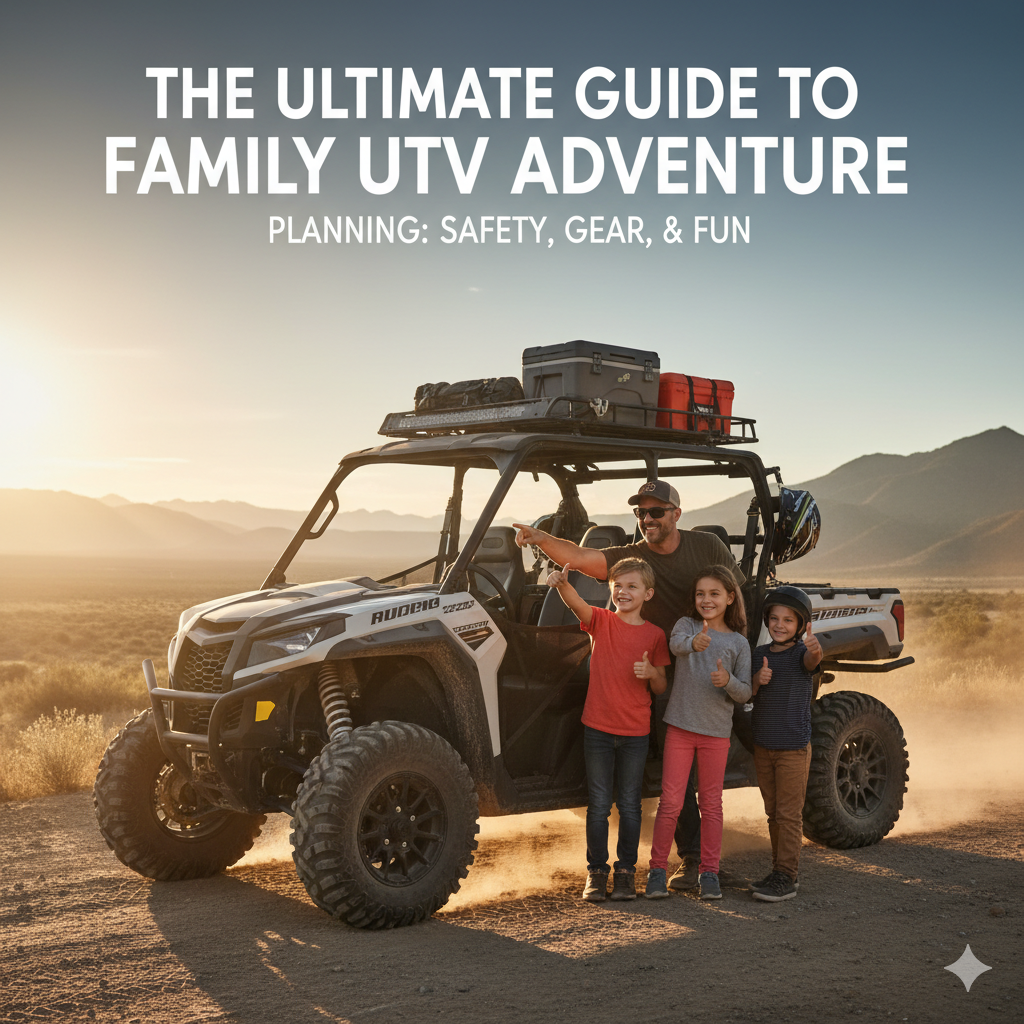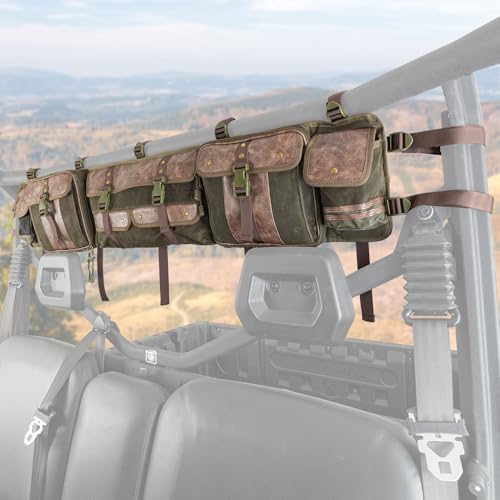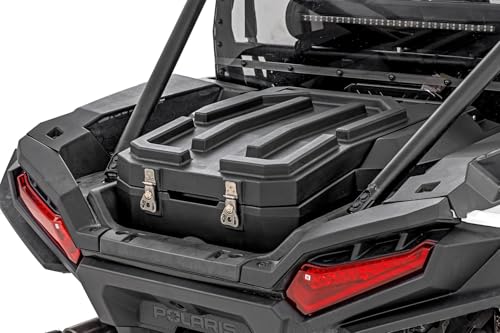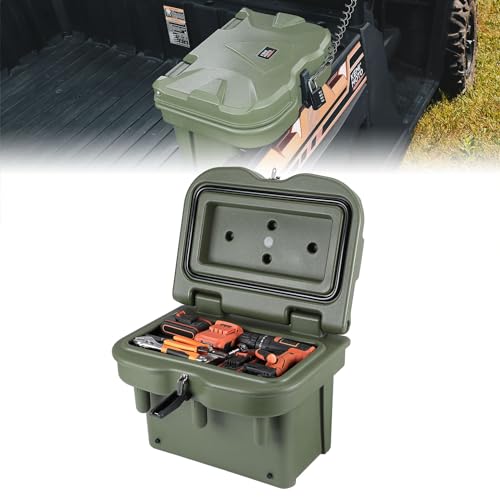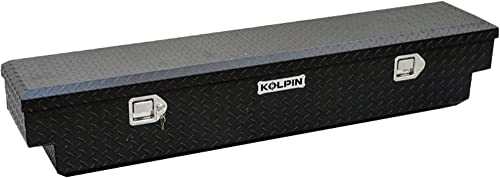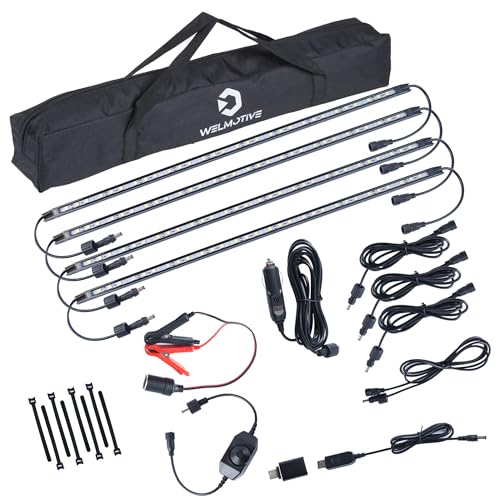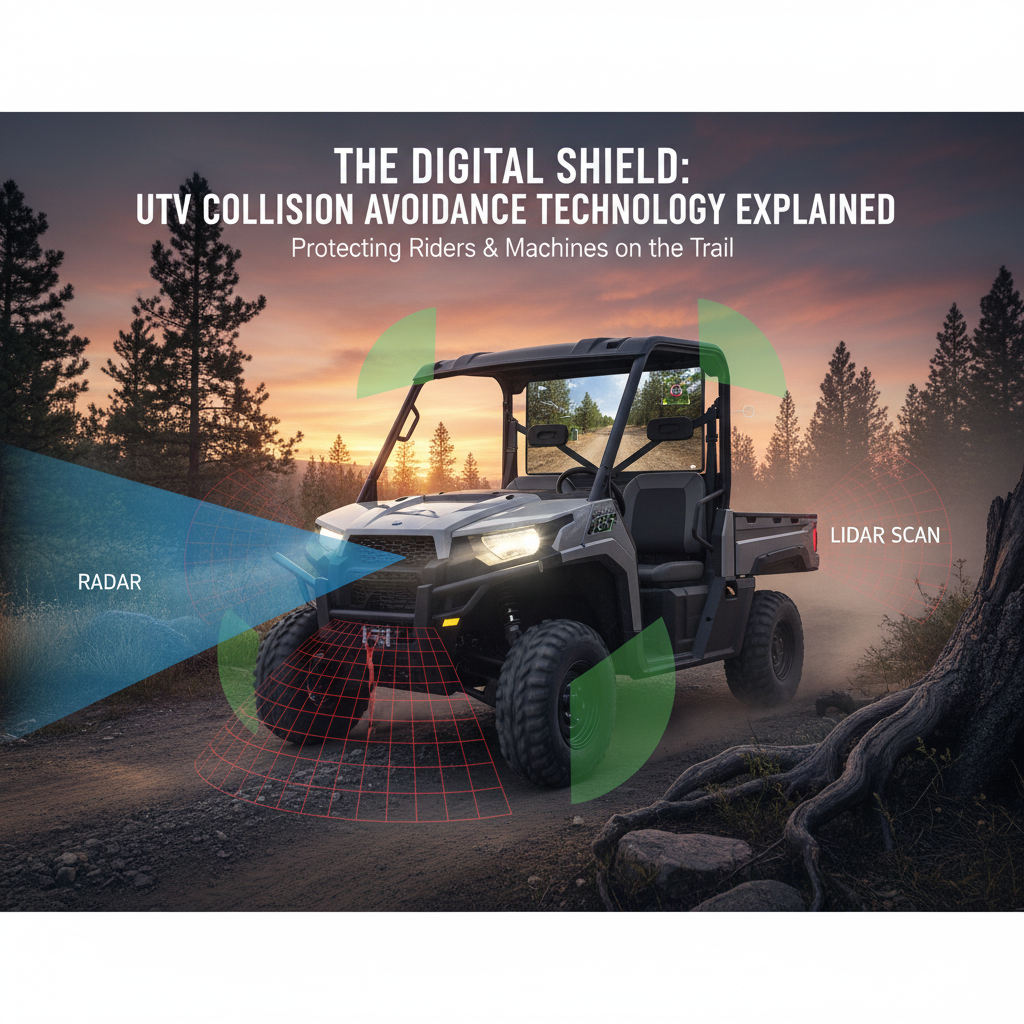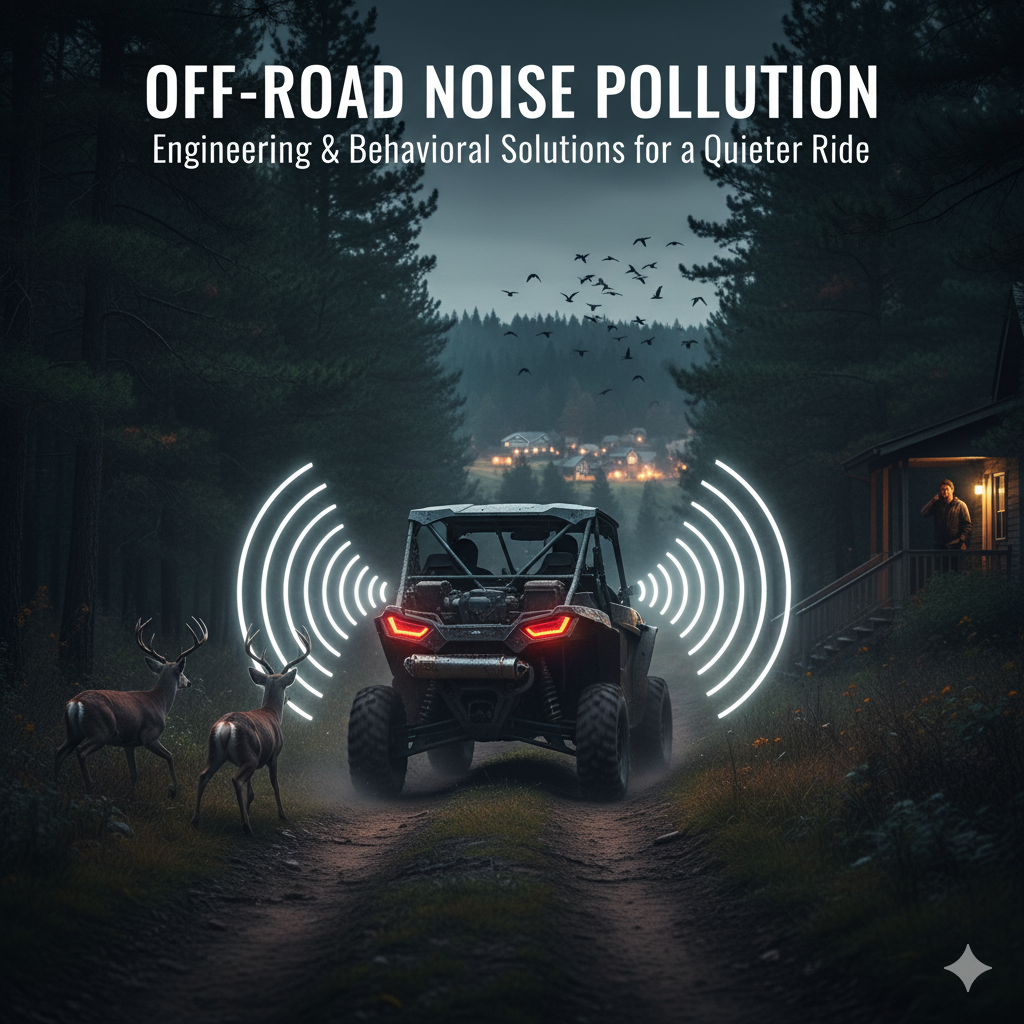For many of us, the UTV is more than just a machine; it’s a vehicle for creating memories. There is nothing quite like the shared thrill of exploring a remote trail, the laughter echoing over the engine noise, and the collective awe at a breathtaking view. Taking your family off-road transforms a simple ride into a true adventure.
However, family UTV adventure planning requires a level of diligence that a solo ride simply does not. When you bring children along, safety moves from a priority to an absolute necessity. You need to consider everything from specialized gear and child-specific seating to the right trail selection and emergency preparedness.
I’ve spent countless hours navigating trails with my own family, and I’ve learned that the secret to a successful family adventure lies in meticulous preparation. This comprehensive guide will walk you through the four critical phases of family UTV adventure planning: ensuring safety, selecting the right gear, choosing the perfect destination, and mastering the logistics of the trail day. Let’s get your family ready to ride smarter, safer, and with maximum fun.
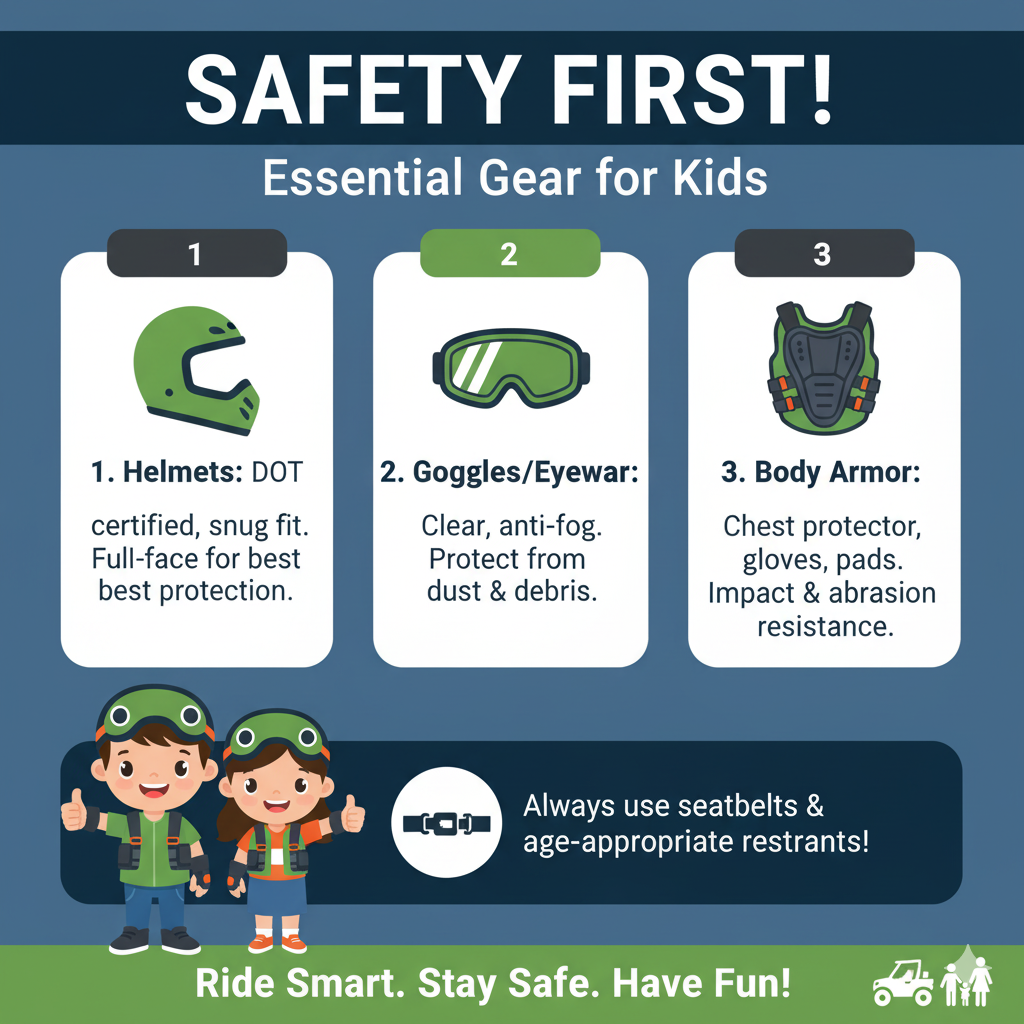
Phase 1: Safety First—Securing Your Most Precious Cargo
Safety is the cornerstone of any family UTV adventure. The UTV is a powerful machine, and its design requires specific precautions when carrying children.
Child-Specific Safety Gear
The standard UTV seat and seatbelt are designed for adults. Children, especially those under eight, require specialized equipment to ensure their safety.
- Proper Seating: Children must be tall enough to sit flat against the seatback with their feet flat on the floor and their head against the headrest. If they don’t meet these criteria, you need a specialized solution.
- Bump Seats: These are center-mounted seats, often with a 4- or 5-point harness, designed for smaller children who are too big for a car seat but too small for the standard seat. They provide excellent security and keep the child away from the outer roll cage.
- Mini Bucket Seats: These are smaller, contoured seats that replace the standard seat, offering better side support and harness mounting points for younger riders.
- Harness Systems: A standard three-point seatbelt is not sufficient for a small child in a UTV. A 4- or 5-point safety harness is essential to keep them securely in place during bumps, jolts, and emergency maneuvers.
- Helmets and PPE: Every passenger, regardless of age, should wear a properly fitted, DOT-approved helmet. Additionally, eye protection (goggles), gloves, long pants, and long-sleeved shirts are non-negotiable to protect against debris and sun exposure.

The Golden Rules of Family Riding
Before the engine starts, establish and enforce these non-negotiable rules with your family.
- Hands and Feet Inside: All limbs must remain inside the vehicle at all times. This is especially critical when traversing tight trails or near trees.
- No Standing or Unbuckling: No one unbuckles their harness or stands up while the vehicle is in motion. Period.
- Age and Size Restrictions: Adhere strictly to the manufacturer’s guidelines for age and size. Never allow a child to operate an adult-sized UTV. If you have a youth model, ensure the child has completed a certified safety course.
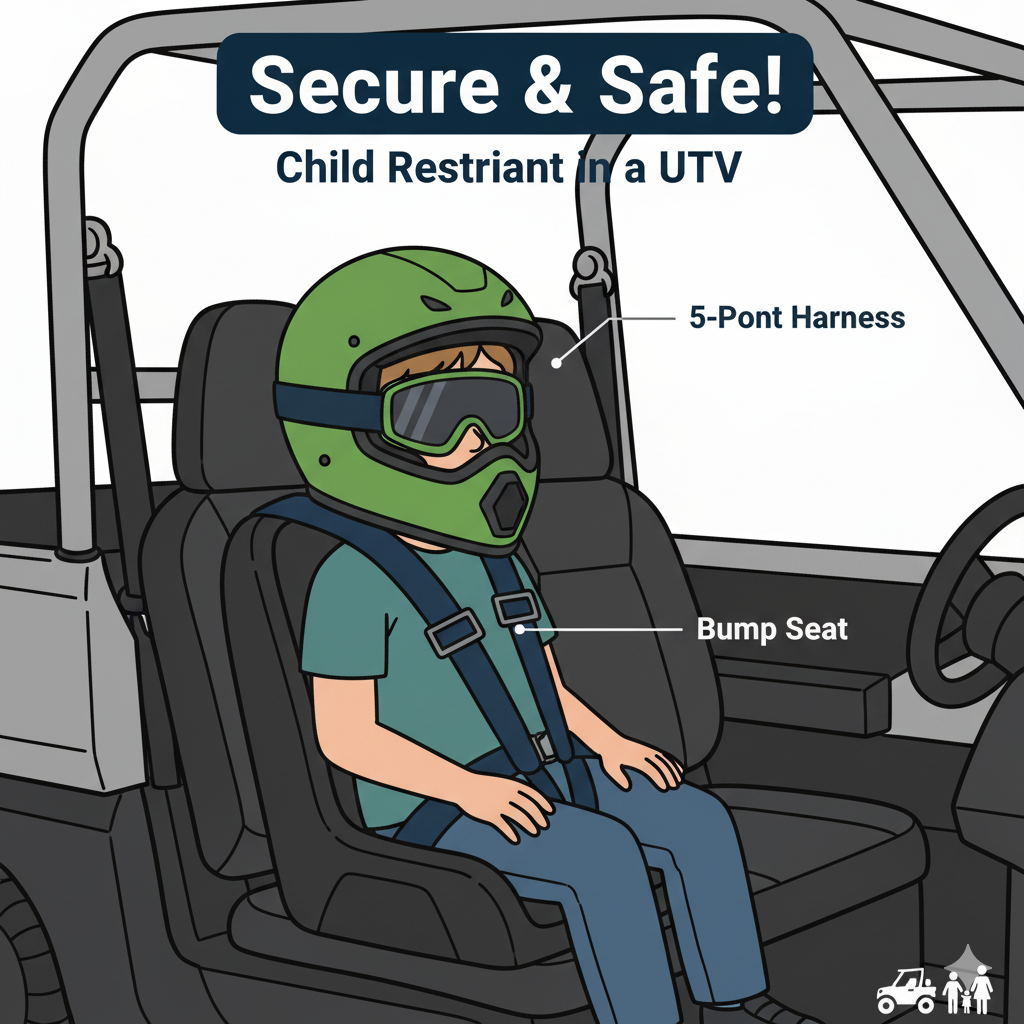
Phase 2: Essential Gear for a Comfortable Adventure
Once safety is covered, the next step in family UTV adventure planning is ensuring comfort and preparedness. A comfortable family is a happy family, and a happy family makes for a great adventure.
Communication and Navigation
Cell service is often non-existent on the best trails. You need reliable communication and navigation tools.
- Two-Way Radios/Intercom: A UTV intercom system is a game-changer for family rides. It allows the driver to communicate clearly with passengers (and vice-versa) over the engine noise, wind, and music. This is vital for pointing out hazards, asking about comfort, and keeping the kids engaged.
- GPS and Mapping: Use a dedicated off-road GPS unit or a reliable app like OnX Offroad. Print a paper map as a backup. Always share your route plan with a non-riding contact before you leave.
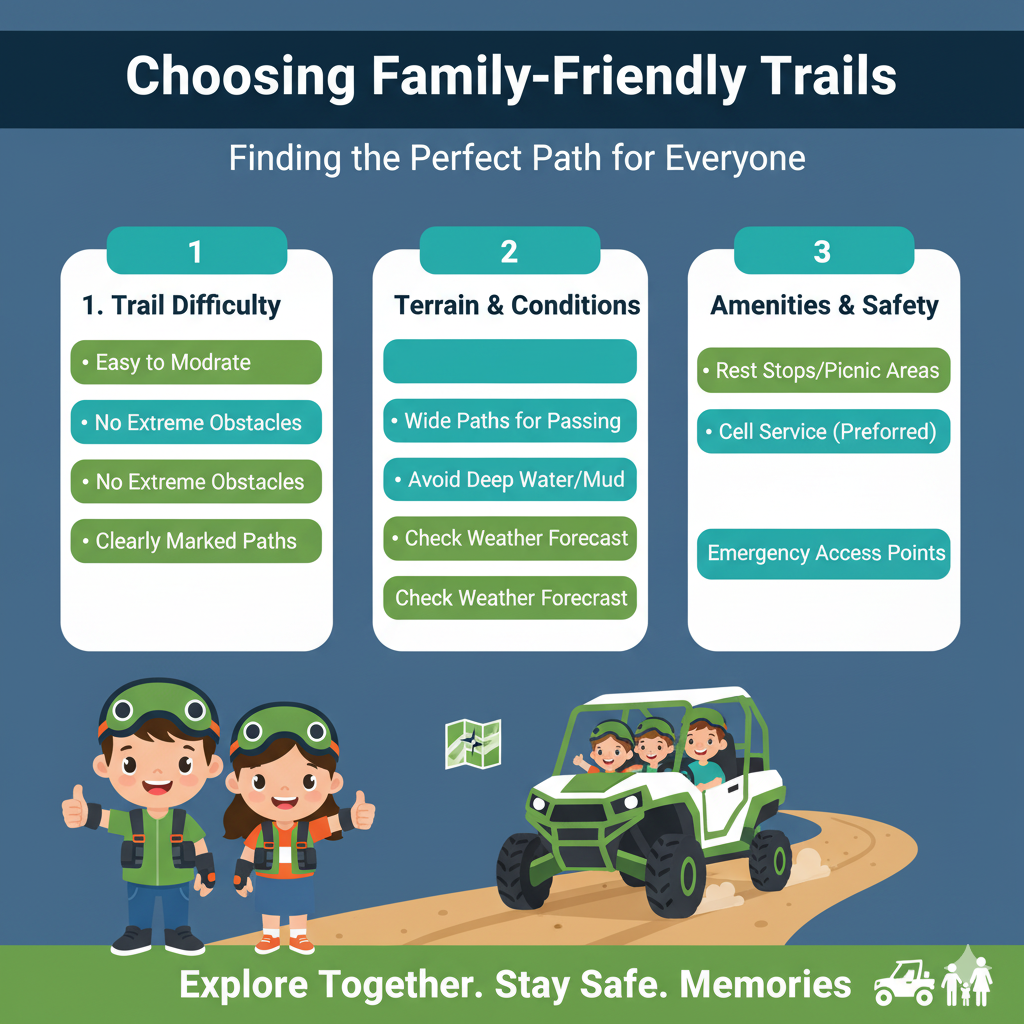
Comfort and Convenience Gear
Long rides can be tough on little ones. Packing the right comfort gear can prevent meltdowns and keep the adventure fun.
- Hydration and Snacks: Pack more water and snacks than you think you need. A cooler mounted securely in the bed is essential.
- Dust and Sun Protection: Dust can ruin a ride. Pack bandanas or neck gaiters for everyone. Sunscreen, hats (for when stopped), and sunglasses are also critical.
- Secure Storage: Use waterproof, dustproof storage boxes or bags to keep electronics, extra clothes, and first aid supplies clean and dry.

Phase 3: Destination and Trail Selection
Not all trails are created equal, especially when family UTV adventure planning is involved. You need to choose trails that are safe, accessible, and offer points of interest to keep everyone engaged.
Choosing Family-Friendly Trails
Look for trails rated Easy or Moderate. Avoid anything marked “Difficult” or “Extreme” unless you are certain the entire family is ready for it.
- Width and Obstacles: Choose trails that are wide enough for your UTV and avoid routes with deep mud holes, large rock gardens, or steep, exposed side-hills.
- Points of Interest: The destination is often more important than the journey for kids. Look for trails that lead to:
- Waterfalls or Swimming Holes: A perfect mid-day break.
- Historical Sites: Old mines, ghost towns, or fire lookouts.
- Picnic Areas: A scenic spot to stop for lunch and let the kids stretch their legs.
- Accessibility: Ensure the trail system has easily accessible staging areas with restrooms and ample parking for your truck and trailer.
Top Family-Friendly UTV Destinations
While local trails are great, some national destinations are renowned for their family-friendly UTV offerings:
- Hatfield-McCoy Trails (West Virginia): Offers hundreds of miles of well-marked trails with varying difficulty levels, making it easy to stick to the green (easy) and blue (moderate) routes.
- Taylor Park, Colorado: Known for its stunning scenery and high-alpine trails that are generally well-maintained and offer incredible views without extreme technical challenges.
- Silver Lake Sand Dunes (Michigan): A unique experience for the family, offering a massive sandbox environment that is thrilling but requires a different set of safety rules and equipment.
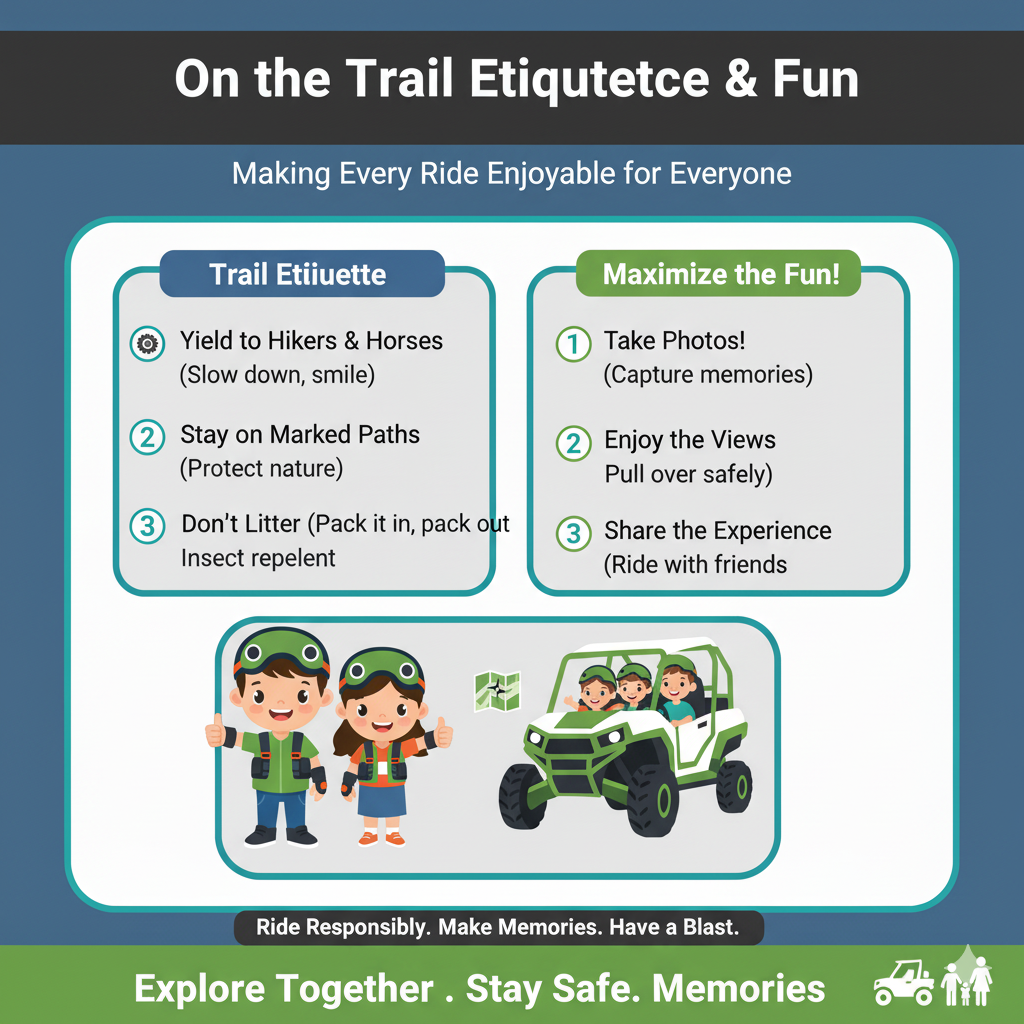
Phase 4: Mastering the Logistics of Trail Day
The final phase of family UTV adventure planning is the execution. A well-planned trail day minimizes stress and maximizes enjoyment.
The Pre-Ride Checklist
Use a checklist to ensure nothing is forgotten. This is especially important when dealing with multiple passengers and specialized gear.
| Category | Item | Check |
|---|---|---|
| Safety | Helmets, Goggles, Harnesses Secured, First Aid Kit, Fire Extinguisher | ☐ |
| Vehicle | Fuel Full, Tires Checked, T-CLOCS Inspection Complete, Recovery Gear | ☐ |
| Family | Water, Snacks, Sunscreen, Bug Spray, Extra Layers of Clothing | ☐ |
| Communication | GPS Loaded, Intercom/Radios Charged, Route Shared with Contact | ☐ |
Keeping Kids Engaged on the Trail
A bored child is a distracted child, which can be a safety hazard. Keep them involved!
- The Navigator: Give an older child the map (or a copy of the GPS route) and let them be the “navigator.” They can call out turns and check off waypoints.
- The Spotter: Teach them to look for trail markers, wildlife, or specific landmarks. This keeps their eyes on the trail and their minds engaged.
- Trail Games: Simple games like “I Spy” or counting specific colors of UTVs you pass can keep the mood light during long stretches.
Emergency Preparedness
Even with the best planning, things can go wrong. Be ready for minor emergencies.
- First Aid: Know basic first aid for cuts, scrapes, and stings. Keep a well-stocked kit easily accessible.
- Breakdown Plan: Carry a basic tool kit, tire plug kit, and an air compressor. Know how to use them. If you have a major breakdown, have a plan for who you will call and where they can find you (using your shared GPS coordinates).
- The “Turn Back” Rule: Be willing to turn back. If the weather turns bad, a child gets sick, or the trail becomes too difficult, the adventure is over. The goal is to return home safely, not to complete the route at all costs.
Conclusion: Adventure Awaits
Family UTV adventure planning is the key that unlocks a world of shared experiences and unforgettable memories. It requires a commitment to safety, a focus on the right gear, and a thoughtful approach to trail selection.
When you take the time to plan properly, your UTV transforms from a recreational vehicle into a powerful tool for family bonding. The lessons learned on the trail—from teamwork and problem-solving to a deep appreciation for the outdoors—are invaluable.
So, secure those harnesses, pack those snacks, and get ready to hit the trail. The best family adventures are waiting just beyond the pavement.
Happy and Safe Riding!
References
[1] Weeks Polaris – 7 Tips for Off-Roading Safely With Kids
[2] Car Corral Polaris – Key Safety Tips for Riding a UTV with Children
[3] UTV Mountain Accessories – Best UTV Seat Options for Kids
[4] Polaris Off-Road – Best UTV/ATV Friendly Campgrounds for Families
[5] Everything Can-Am Offroad – Crucial Can-Am UTV Safety Accessories For Kids

